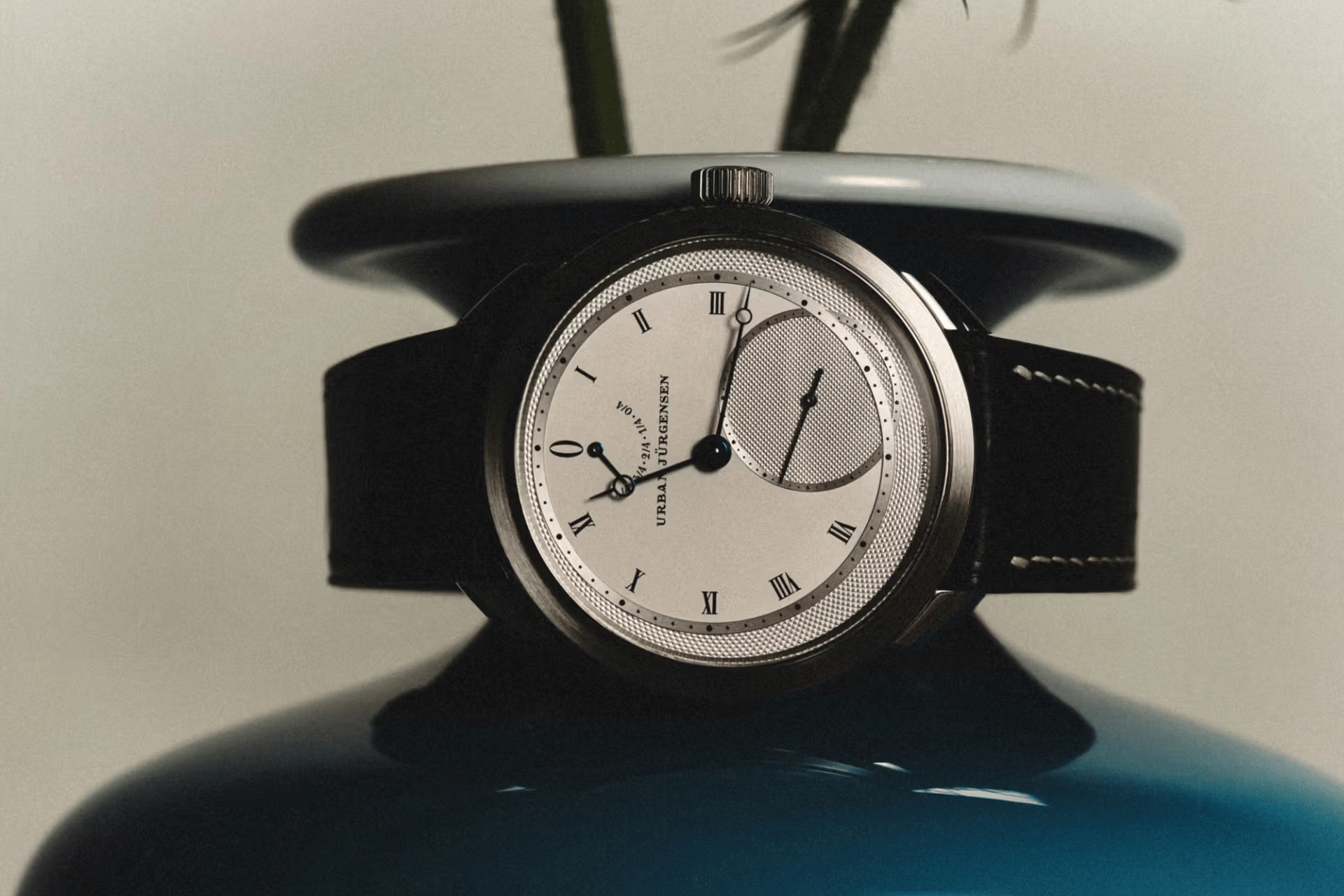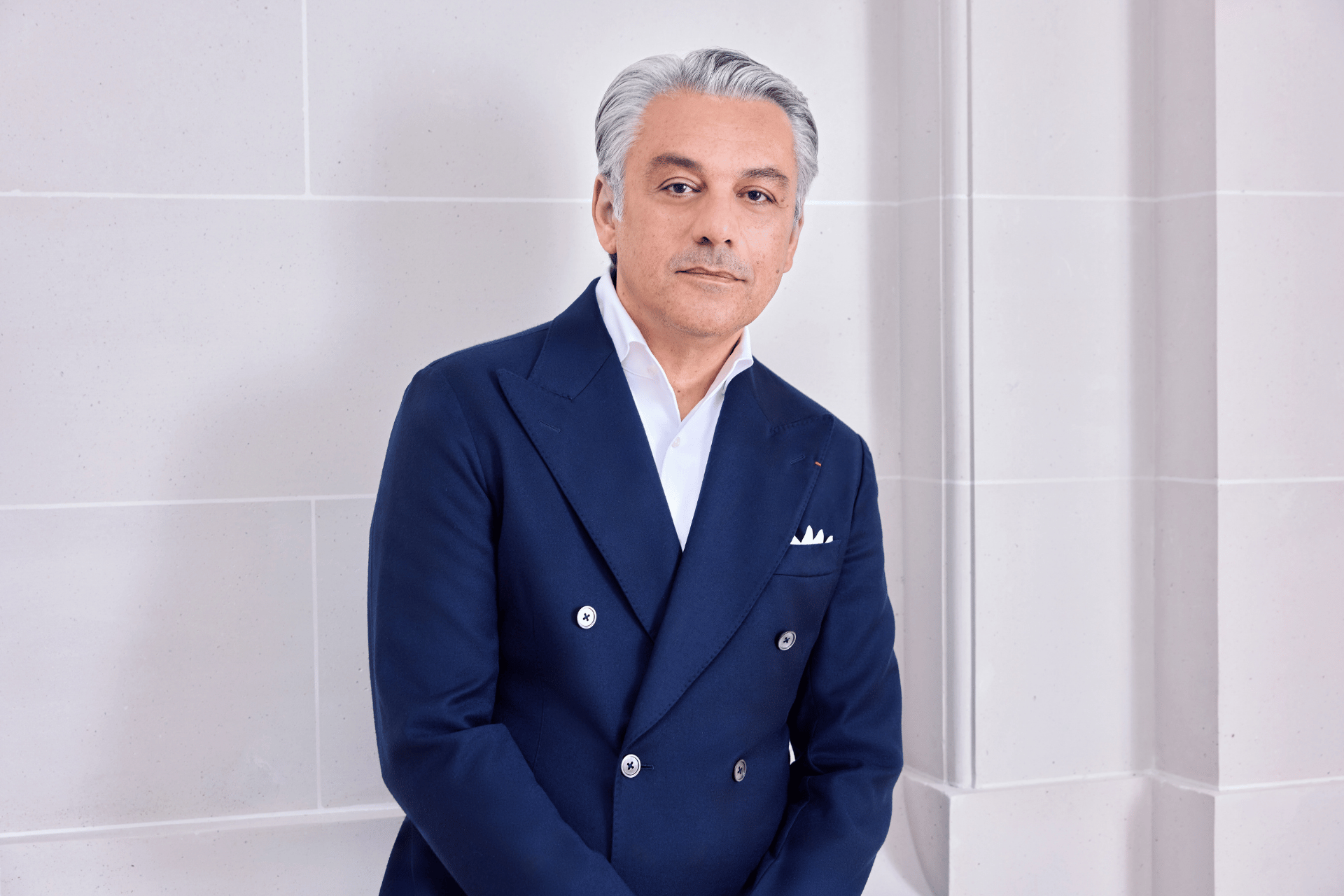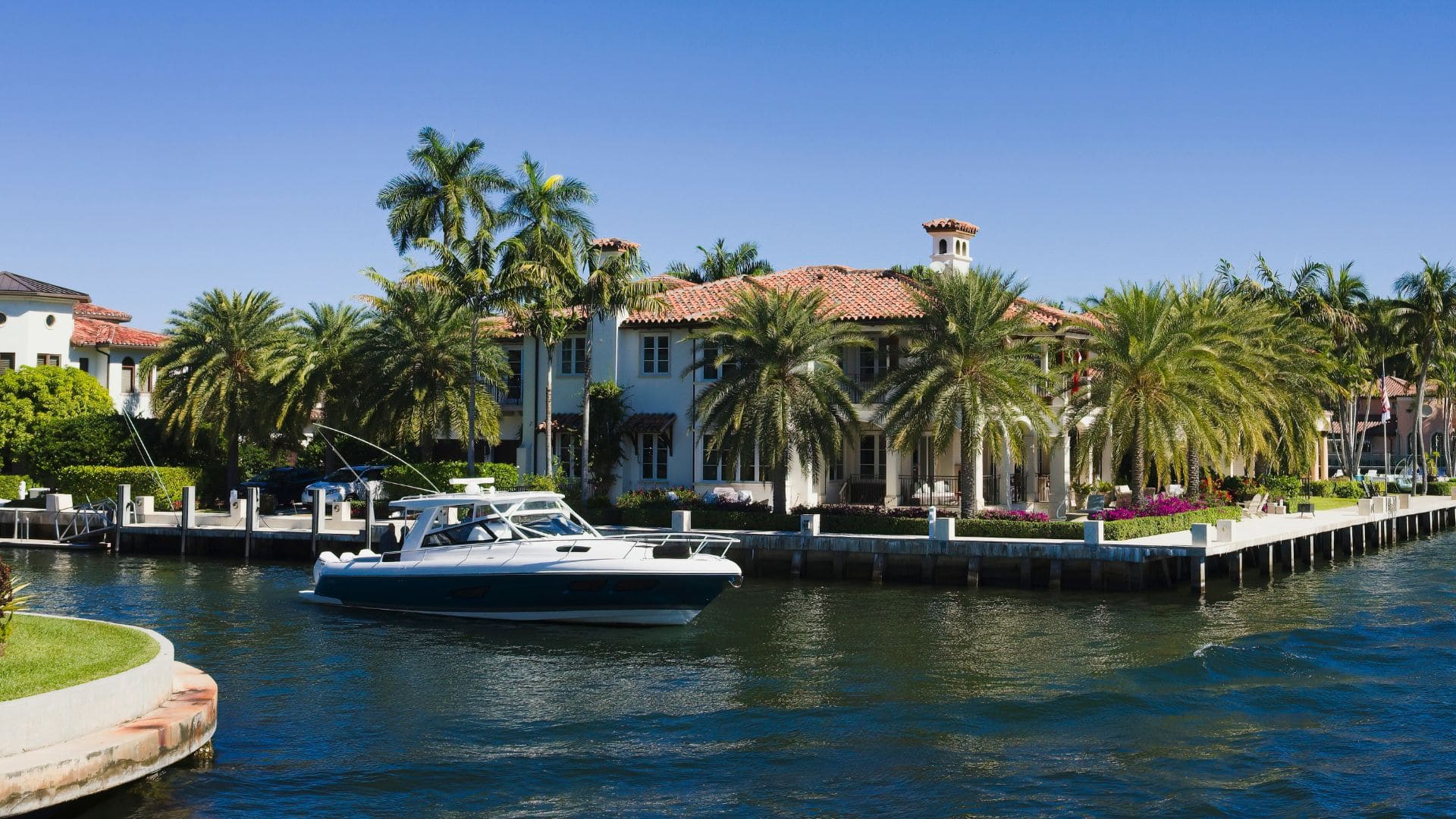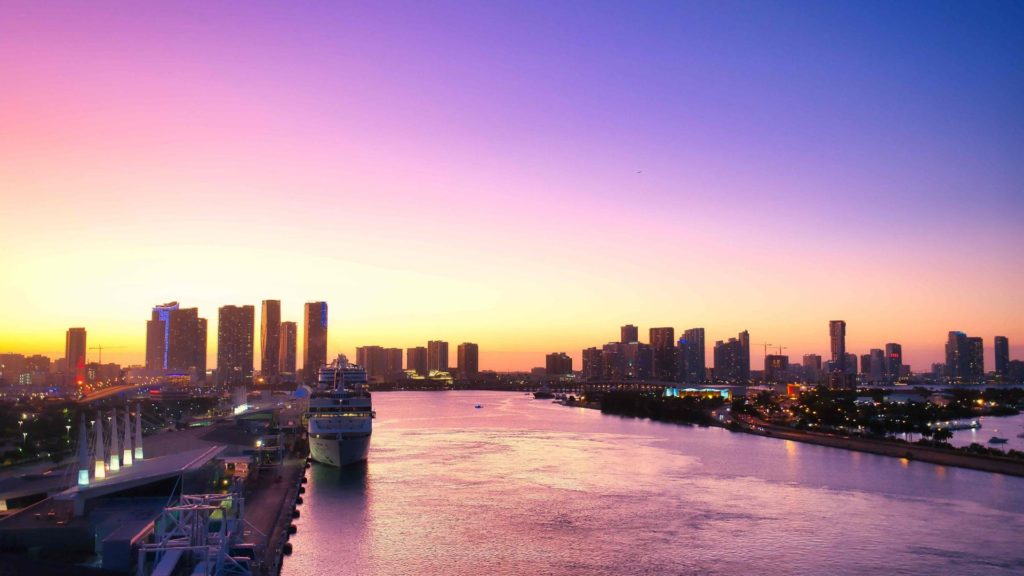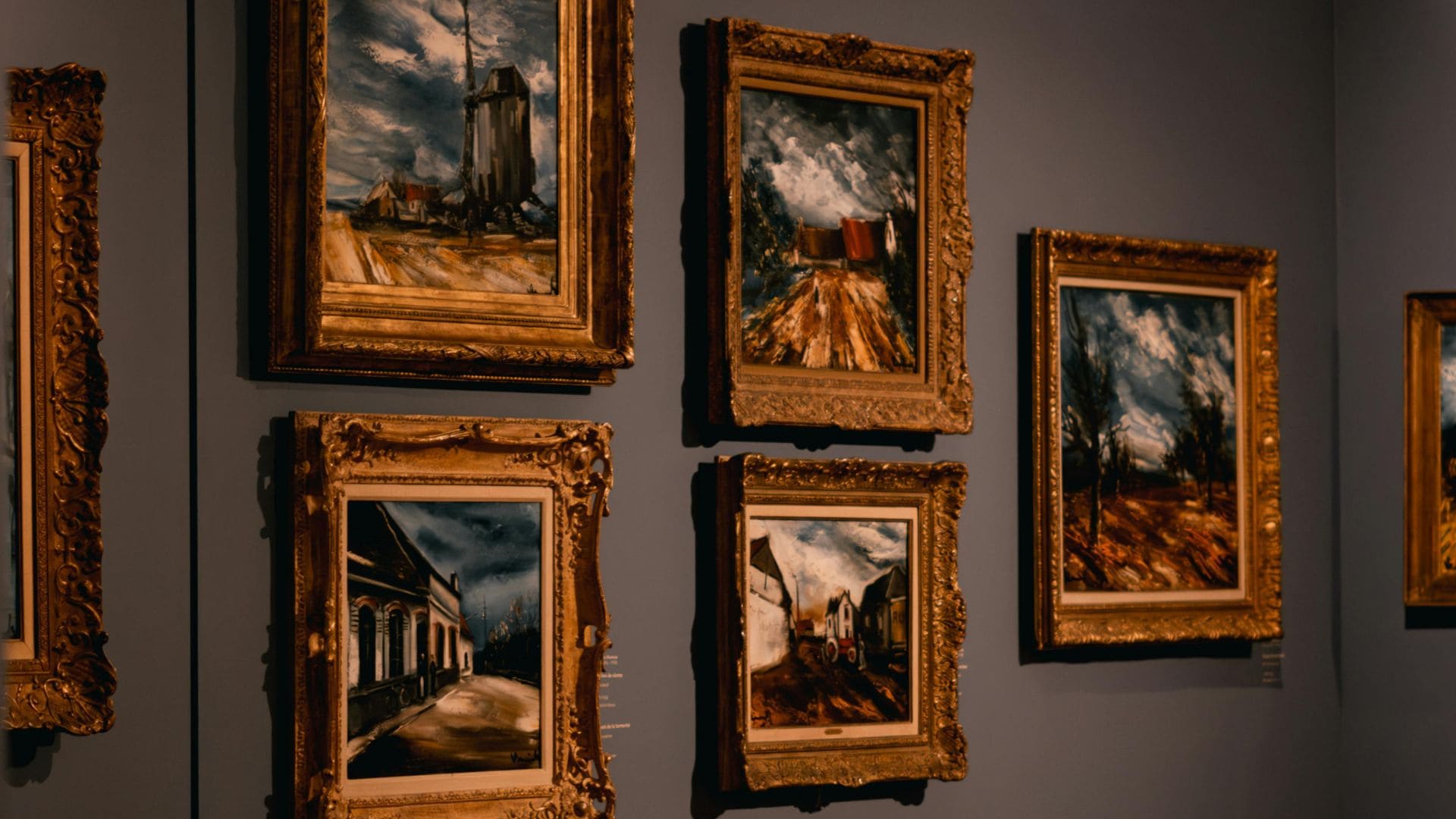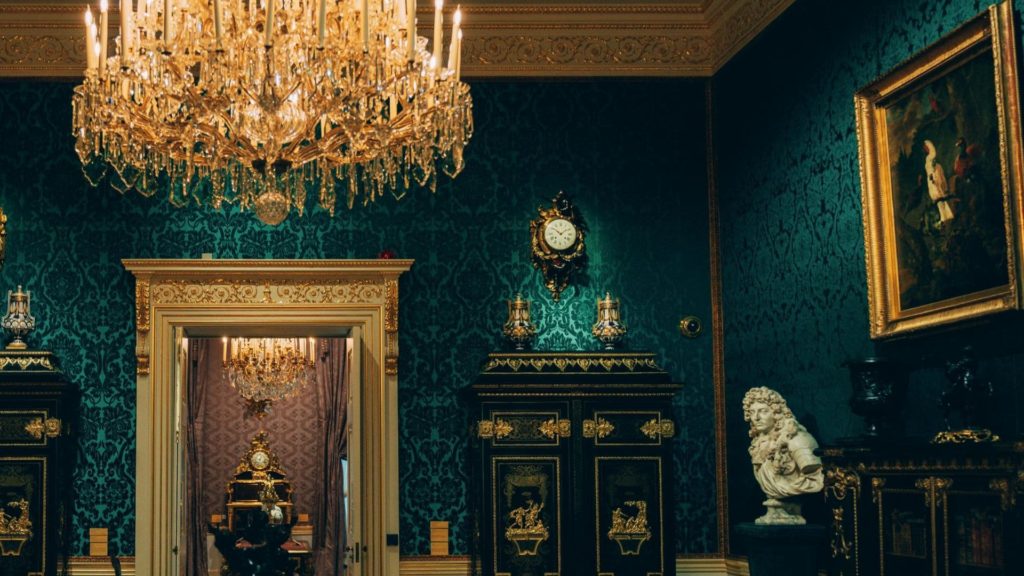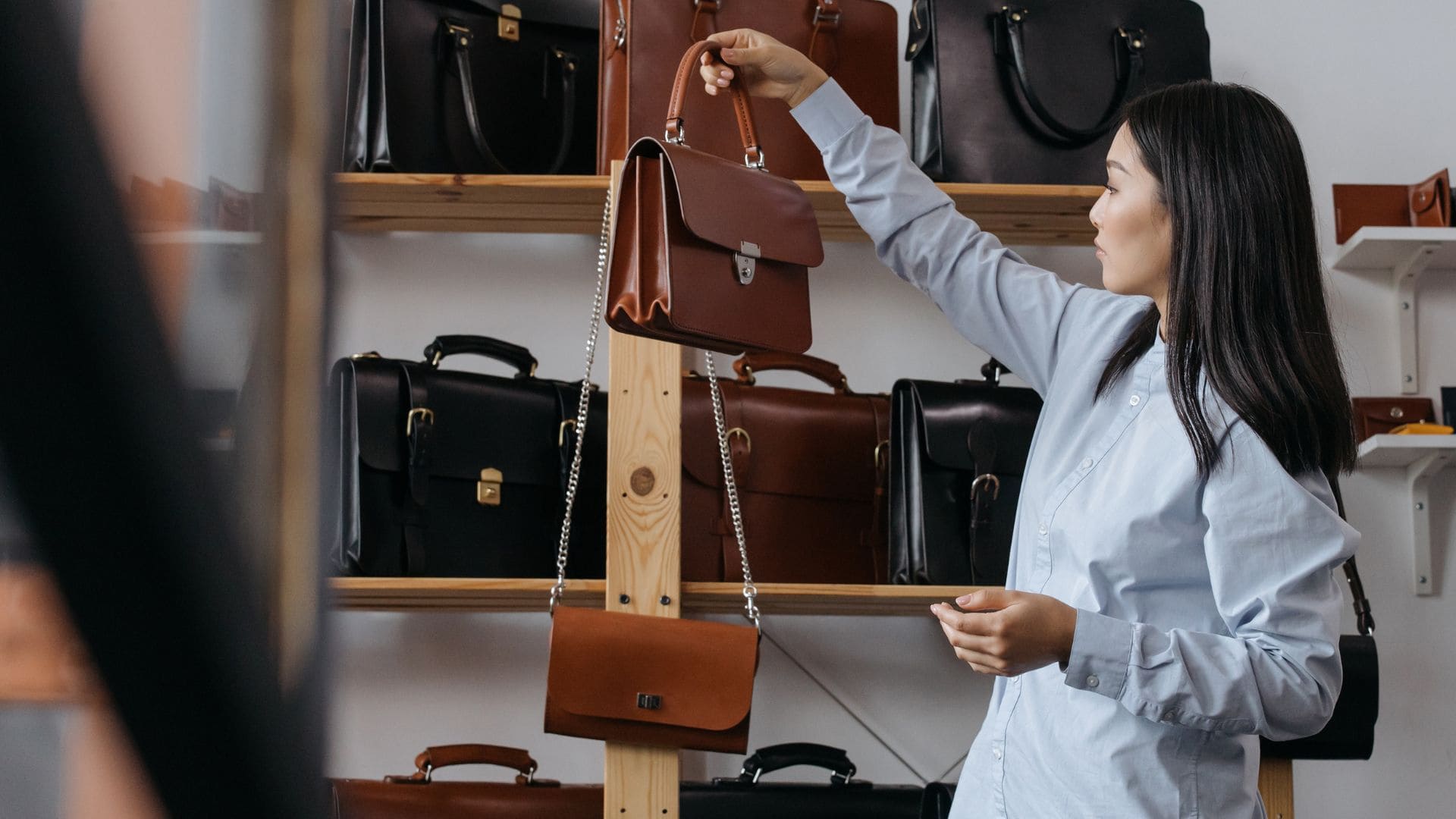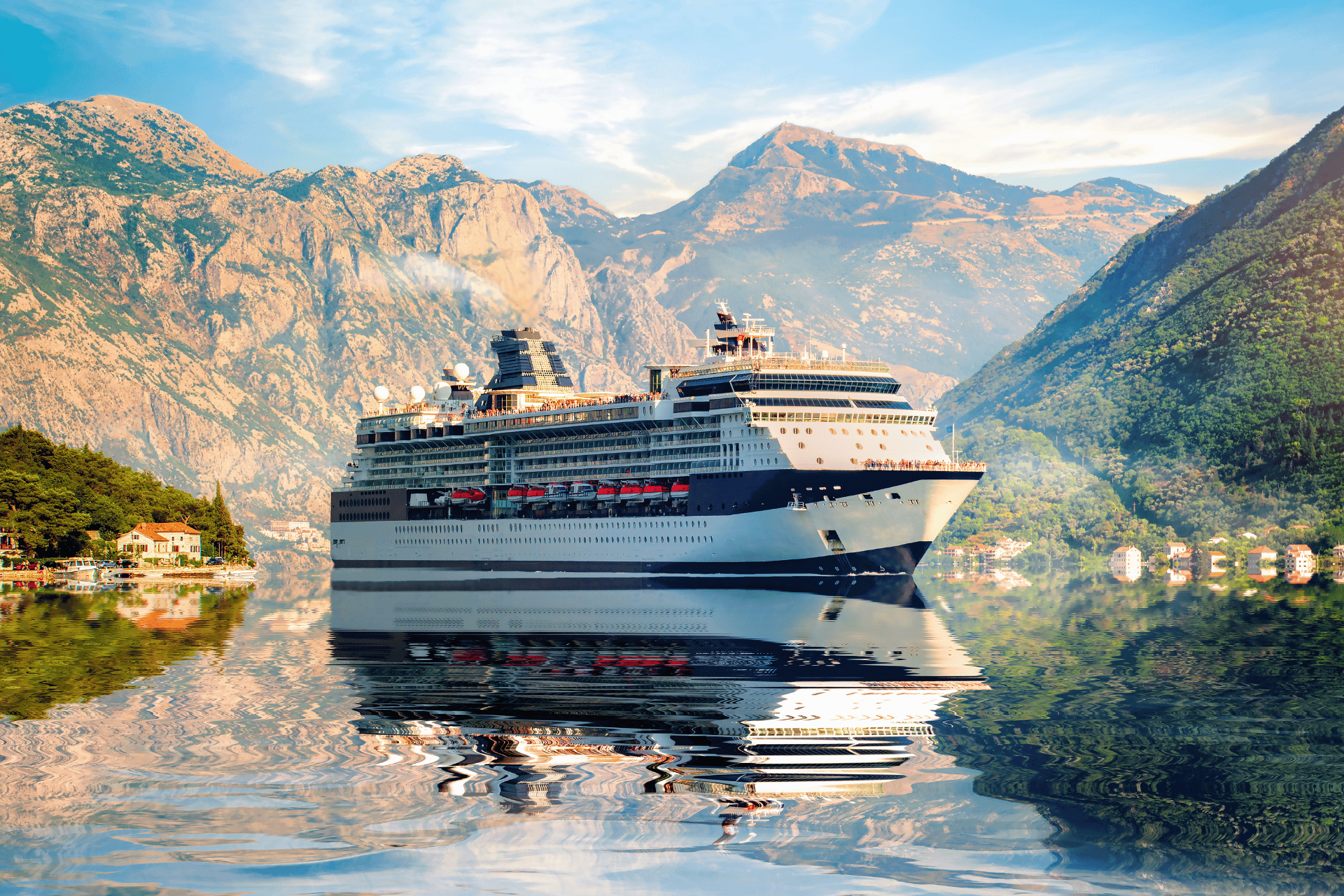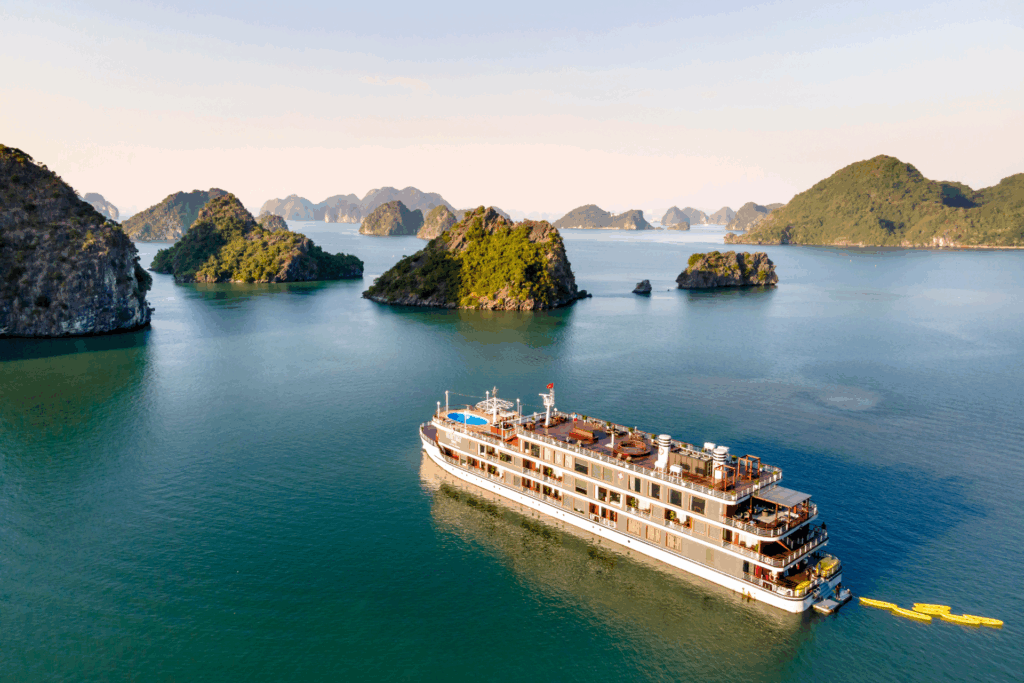Image via Urban Jürgensen
Once a name whispered in connoisseur circles, Urban Jürgensen is reawakening with grandeur, precision, and purpose. Under the stewardship of the Rosenfield family and Finnish master watchmaker Kari Voutilainen, the historic Danish brand has embarked on a meticulously orchestrated revival. The project, infused with passion and an uncompromising commitment to craftsmanship seeks to restore a legendary marque and to redefine excellence in contemporary horology.
Founded in 1773 in Copenhagen, Urban Jürgensen became renowned for its refined mechanical timepieces, even creating watches for the Danish royal court. Yet later on the brand fell into relative obscurity in recent decades—celebrated in niche collector circles but largely unknown to the wider luxury market. In 2021, the brand’s fate shifted when the Rosenfields, a family of American investors with deep ties to both finance and fine watchmaking, acquired the company and committed $25 million to its revival.
The project is led by Alex Rosenfield, a former brand strategist in media and fashion, now serving as co-chief executive of Urban Jürgensen. Rosenfield explained that his family had not initially planned to enter the watch industry. However, upon learning of Urban Jürgensen’s decline, they chose to acquire the company with the intention of restoring it. His father, Andy Rosenfield, president of Guggenheim Partners and a longtime collector of high-end watches, has taken on an advisory role. The duo’s approach to the brand’s rebirth is deeply humanist: inclusive rather than elitist, expansive yet committed to absolute excellence.
Kari Voutilainen, widely regarded as one of the foremost horological artisans of his generation, is the other co-executive officer. Voutilainen brings with him a reputation for extraordinary detail and craftsmanship, alongside a minority stake in the company and oversight of a new generation of in-house mechanical movements.
This strategic resurrection of Urban Jürgensen is built on watchmaking mastery and on carefully considered branding and creative direction. The relaunch campaign, “Time Well Spent” photographed by the legendary Ellen von Unwerth, brings a modern glamour to the historic marque, appealing to both seasoned collectors and new luxury consumers alike.
The product strategy mirrors that of the most successful contemporary independent maisons—exclusive, small-batch production designed for longevity and high cultural value. Importantly, the brand has chosen a direct-to-consumer model, eschewing traditional wholesale networks. In time, Urban Jürgensen plans to introduce experiential spaces—part showroom, part social salon—that serve more as cultural venues than conventional retail outlets. This approach mirrors the success of A. Piguet’s AP House concept and caters to a new class of luxury clients who value personal connections over transactional commerce.
Key Takeaways for Leaders and Investors
- Strategic Resurrections Can Yield High-Prestige Returns: Authentic brand heritage, if properly executed, commands attention in a market craving meaning.
- Craft + Storytelling = Modern Luxury Appeal: The blend of artisanal quality and compelling narrative draws elite consumers.
- Controlled Growth Protects Prestige: Capping production while maximizing artistry ensures desirability and longevity.
- Experiential Retail Reinforces Exclusivity: Selling luxury in intimate, immersive environments adds emotional value to functional design.
Urban Jürgensen’s revival transcends mere industry headlines—it stands as a refined demonstration of how authentic heritage, when guided by vision and integrity, can be reshaped into lasting cultural capital. For today’s luxury leaders, it affirms that timeless prestige and contemporary innovation are not in conflict, but rather, in concert. This renaissance signals a new standard in the world of fine watchmaking—where tradition and transformation move forward, elegantly in sync.
Stay up to date on the latest luxury industry news: https://worldluxurychamber.com/insights-news/
SOURCES: BOF


